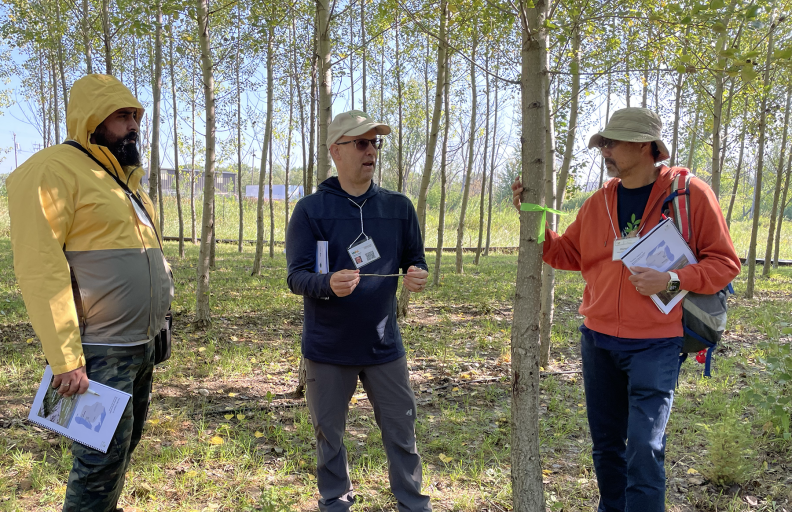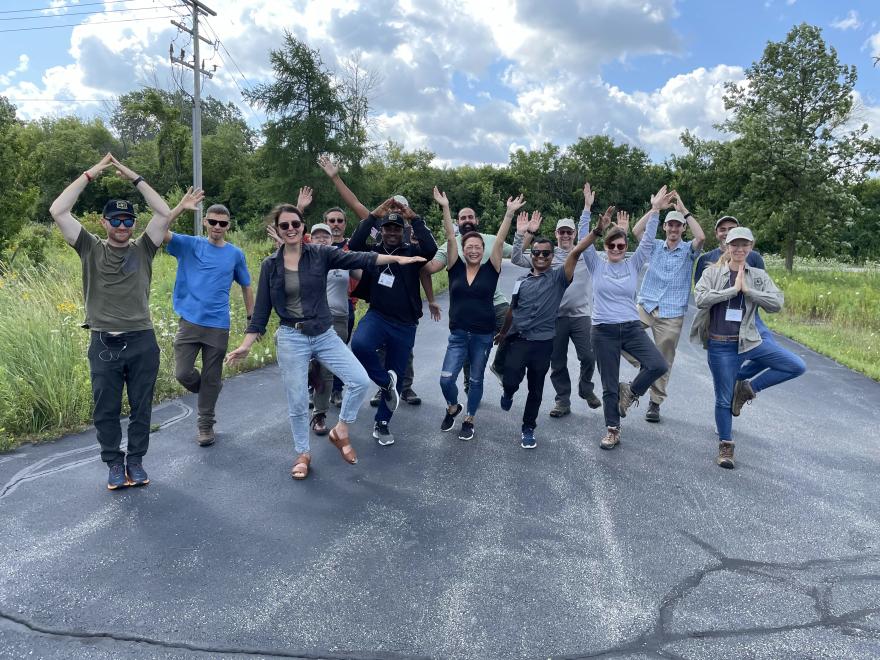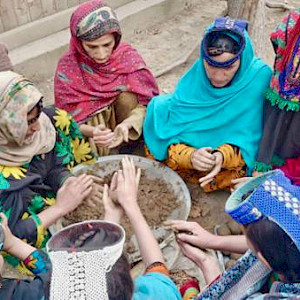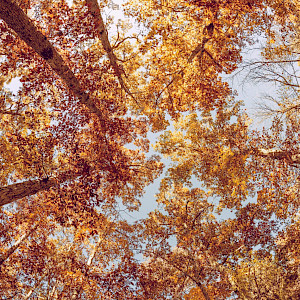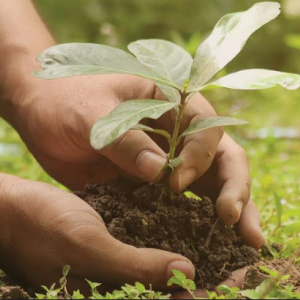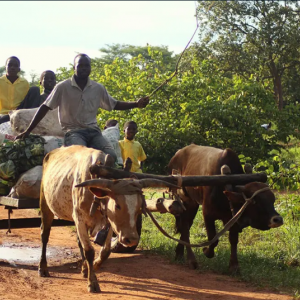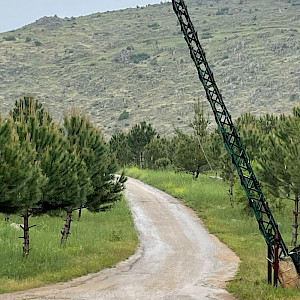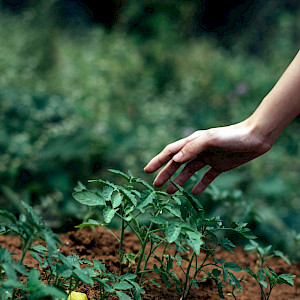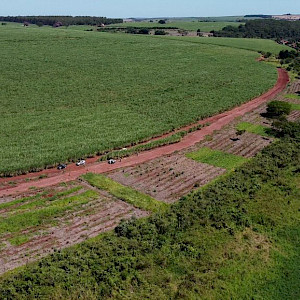Forest Service scientist Dr. Ron Zalesny clutches a poplar tree within a stand of 260 and rattles off the Latin names of all the tree genotypes he and his team chose for the project.
The genotypes are important. Ron and his Forest Service team have been enhancing phyto-recurrent selection for 20 years – that is, choosing the right tree variety to absorb, detoxify, and sequester pollutants while growing in harsh environments.
The stand of poplars within which Dr. Zalesny is standing is thriving. They also happen to be sucking up contaminated water from a large, closed landfill site outside of Milwaukee, Wisconsin.
The landfill was active from 1954 to 1972, before there was a strong understanding of how waste could infiltrate groundwater and the poor health outcomes that caused. In the U.S., 50 percent of the population depends on groundwater for drinking water, making it important that groundwater drinking sources are clean and free from contamination.
The poplar stand is one of sixteen agroforestry phytoremediation buffer systems (i.e., phyto buffers) that Dr. Zalesny and his team are currently studying throughout Wisconsin and the Upper Peninsula of Michigan.
International adoption of phytoremediation
Phytoremediation is the strategic use of plants to clean up the environment. In May 2023 Dr. Zalesny and his Forest Service team had their methods of phyto-recurrent selection endorsed as a best practice by the United Nations.
“The UN best practice endorsement was the keystone of my career. The next step is to share the method globally,” said Dr. Zalesny.
Dr. Zalesny’s next step didn’t take long. It’s August, three months after the UN endorsement, and 15 participants from all over the world are learning about Dr. Zalesny’s poplars at seven of the phyto-buffers in eastern Wisconsin, including the exact steps they could take to implement their own phytoremediation projects in their countries: Bangladesh, Lebanon, India and the Democratic Republic of the Congo. Dr. Zalesny and his team share everything from costs to cultivation, but most importantly, they share his method for choosing a species that can thrive while removing contaminants.
The participants are part of the brand-new Phytoremediation Training Academy, the brainchild of Dr. Zalesny, Elizabeth Rogers (USDA Pathways Intern), and Ryan Vinhal (Forester), of the Northern Research Station, and Liza Paqueo, from the Forest Service International Programs Office and Beyond Trees Network. Dr. Zalesny, Ms. Rogers, and Mr. Vinhal bring the phytoremediation know-how and encyclopedic knowledge of trees; Ms. Paqueo brings connections to practitioners of natural resource management all over the world and a vision for applying knowledge globally.
“We don’t have phytoremediation in Bangladesh. I’m going to be working with a Dhaka University student on the design of a first project,” said Sahadeb Chandra Majumder, one of the new academy participants.
Mr. Majumder manages an iTree program for the U.S. Agency for International Development Compass program in Bangladesh. The Forest Service International Programs Office implements the Compass program, which, among other natural resource management activities, supports tree research efforts with top universities throughout Bangladesh. The Compass program also works directly with the Bangladesh government on tree inventories and best practices that inform policy and government action. Mr. Majumder and his university student could very well start a phytoremediation awakening in Bangladesh, one of the most polluted countries in the world.
Fadi Al Nahri, another academy participant, already has the landfill picked out in southern Lebanon where he wants to start a phytoremediation project. Mr. Nahri is managing a new urban restoration project for the Lebanon Reforestation Initiative, a long-time partner of the International Programs Office and the largest community-based tree planting organization in Lebanon.
Expanding the practice
Dr. Zalesny has offered to help each participant find a native tree or trees that could act like the poplars do, sucking up contaminants without suffering from the toxicity of the metals or the location where those contaminants reside.
But, before choosing the species and variety of tree, academy participants need to prioritize the contaminants they want to remove.
The new academy has a couple of experts for this too.
Research Professor Dr. Chung-Ho Lin, from the University of Missouri’s Center for Agroforestry, studies the human health outcomes of pollution. He and Ms. Rogers, who is also a doctoral candidate with Dr. Lin, will help advise academy participants on what contaminants they should prioritize for removal.
Groundwater contaminants like arsenic, cadmium, and lead can cause acute and chronic toxicity, liver, kidney, and intestinal damage, anemia, and cancer (epa.gov).
With help from Dr. Lin and Ms. Rogers, academy participants will take samples from the polluted areas where they work to determine what contaminants they should target to elicit the best health outcomes.
“The potential for positively impacting health outcomes is what drew me to phytoremediation and Ron’s project specifically. We have the chance to make a real difference – with effective and inexpensive methods—in the places we work,” said Ms. Paqueo.
Phytoremediation offers one of the least expensive methods for tackling the impacts of pollution, and thanks to the new Phytoremediation Training Academy, methods of Dr. Zalesny and his team are reaching a global audience.

